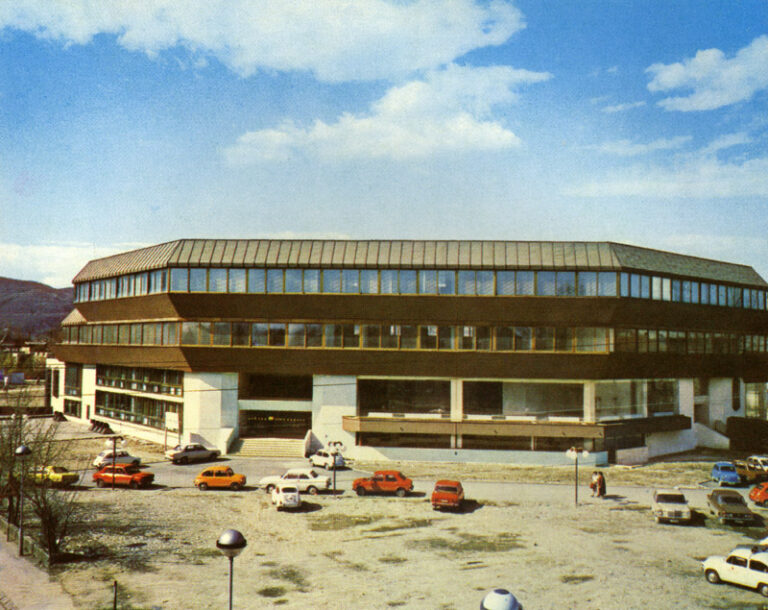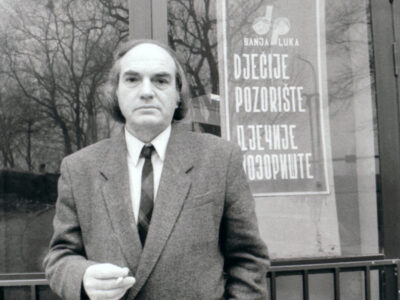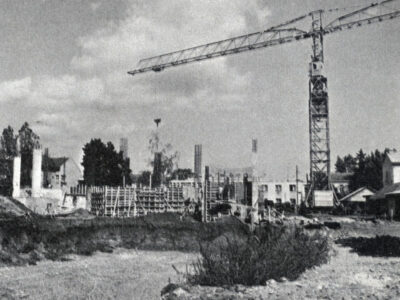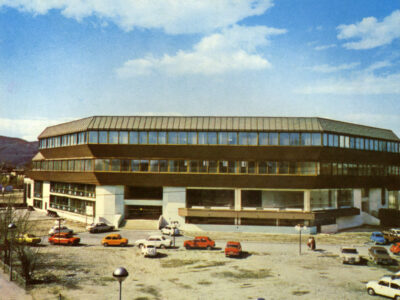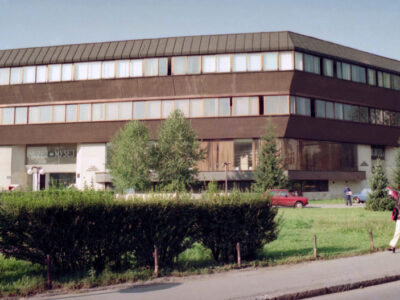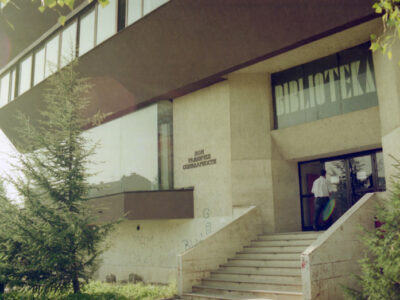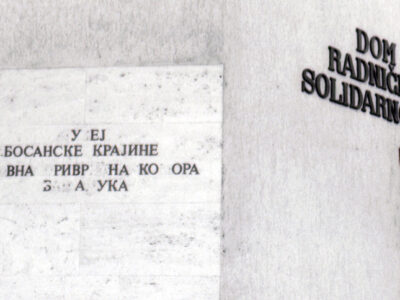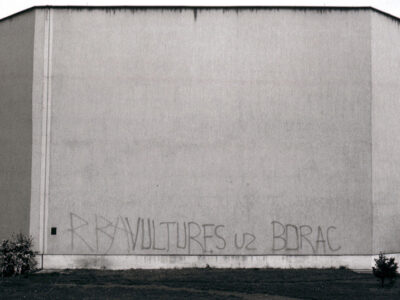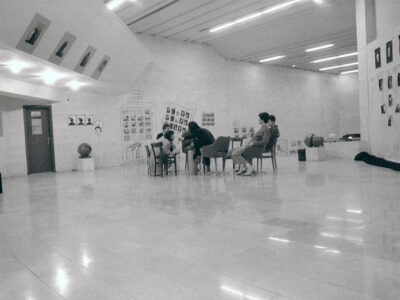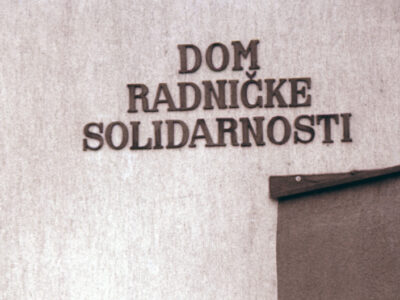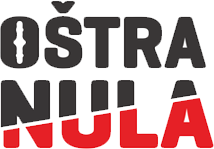The House of Workers’ Solidarity was built after the 1969 earthquake. The earthquake destroyed many buildings in Banja Luka, prompting the citizens of SFRY, as well as citizens of many other countries, to provide great material aid to Banja Luka. The House of Workers’ Solidarity is one of the cultural and youth centers constructed during the post-earthquake reconstruction period. As part of Banja Luka’s urban development plan, the House of Workers’ Solidarity housed the Youth Center, the Museum of Bosnian Krajina, the National Library, the Children’s Theater, and various other institutions. It distinguished itself as one of the largest and most significant cultural centers in Bosnian Krajina. The building was completed in 1973, and was designed by architects Velimir Neidhardt, Jasna Nosso, Ljerka Lulić, Ivan Štraus, Borislav Kotek, and Nebojša Balić.
The center was envisioned as a gathering space for various youth organizations, cultural institutions, and individuals engaged in social issues. Numerous concerts, exhibitions, and promotional events were also held there.
For a time, following the war in the 1990s, the building also housed the Chamber of Commerce of the Republic of Srpska. The Youth Center, alongside the Banski Dvor Cultural Center, remains one of the last public spaces in the city on the Vrbas River.
The site where the House of Workers’ Solidarity now stands was once home to the renowned Banja Luka Gymnasium “Realka”, founded in October 1895. “Realka” was demolished in January 1970 due to severe damage caused by the catastrophic 1969 earthquake that hit Banja Luka.
For the people of Banja Luka, especially those who attended “Realka” —also known as “Bastille”—its demolition was an emotional moment. Many people cried watching the destruction from the Kastel fortress. Even today, questions linger about why an identical building was not constructed in place of “Realka”, as was done in many European cities after World War II to preserve the historical and urban identity of the city. However, the new urban development plan created in 1971 aimed to rebuild Banja Luka and prepare it to function efficiently for a population of 200,000, which was the number projected by 1990. This led to the creation of the House of Workers’ Solidarity, surrounded by green spaces.
